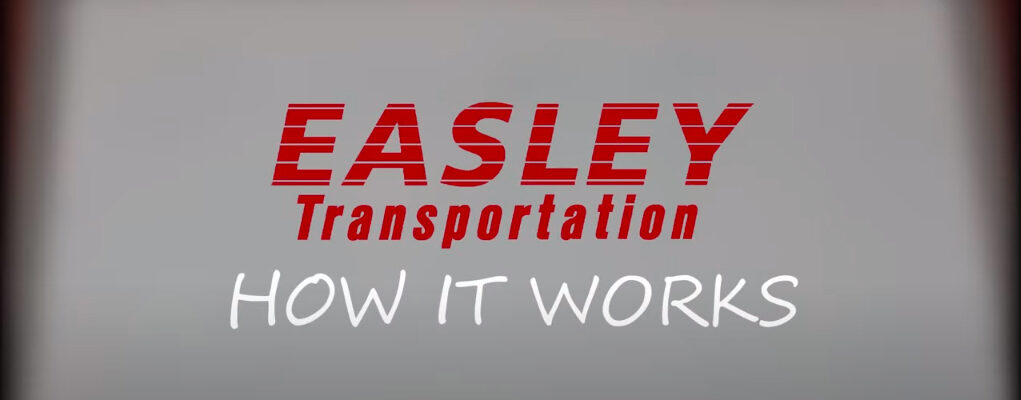Freight and Transportation Part 3

Freight Terms
The major factor here in obtaining high discounts is by controlling and paying for the freight. The advantage of consolidation is the increased volume of freight because the higher the volume the higher the discount. By consolidating the freight and reducing the number of carriers you allow for maximizing discounts and maximizing service.
Once control over freight is lost or the responsibility abbregated, the volume is lost as is the savings. It is of utmost importance that purchase orders are coded with “Freight COLLECT” to ensure maximum savings.
Common Freight Terms are Listed Below:
- Prepay and Allow* – cost of freight is embedded in the cost of the materials. The vendor selects the carrier and pays the freight bill. The bill from the vendor is a combination of the cost of freight and materials. The vendor may have a separate discount agreement with the carrier that you will never see.
- Prepay and Bill or Add *– the vendor selects and pays the carrier. They then get reimbursed by showing a separate freight charge on the material invoice. You reimburse the vendor for the claimed costs.
- Collect – You as the buyer select the carrier and you pay the discounted freight bill from the carrier. The vendor has no involvement beyond adhering to your Routing Guide.
- O.D. – COD is short for CASH ON DELIVERY. It is not collect on delivery.
* Does the vendor pass on his discounts from the carriers when the terms are PrePay and Bill or Allowed. The vendor has no legal obligation to do so. Elimination of PrePay and Bill will automatically eliminate the possibility of double billing.
Freight Rates
Freight rates are calculated based on 13 criteria some of which are listed below.
- Density.
- Bulk.
- Weight.
- Stowability.
- Pilferability.
- Perishability.
- Value.
- Etc.
All of these criteria are taken into consideration in establishing freight classifications as laid out in the National Motor Freight Classification Guide (NMFC).
Freight Classification/Classes
The National Motor Freight Classification Guide (NMFC) is published by an organization (National Motor Freight Traffic Association) of the Department of Transportation (DOT). The reference manual can be ordered through that entity in Alexandria, VA.
The freight guide lists all commodities that can be shipped by motor freight and associates classes to these commodities. It does require an orientation and education in order to utilize this classification guide properly. The consequence of incorrect application of classifications is a potential dramatic rate increase, which will be discussed and examples used with a relatively neutral commodity such as florescent electric tubes. The examples will show that potential rates could vary from $64.80 to $324.00 whereas there is only 1 correct class and its rate is $108.00.
It is possible to ship the very same item and legally call it different things. A simplified example of the functioning of classifications is shown below.
Item Name Item Number Class
Insulator 103720 70
Insulator Electric Wiring 103745 55
Insulator Glass 103660 60
Insulator Pottery and Iron 103660 sub 3 77.5
Insulator Electric Wiring is about 15% less to ship than Insulators and 5% less than the Insulator Glass and 17.5% less than Insulator Pottery and Iron. Once again the classifications were developed based on 13 points such as seen below.
Pilferability Density
Weight Perishability
Value Bulk
Stowability etc.
Freight All Kinds (FAK)
If you ship and/or receive the same material all the time like many Maintenance Repair Organizations (MRO) then another cost savings opportunity exists. “Freight All Kinds” (FAK) is a separate classification of material that is an average of all your freight classes. For example, if you have freight classes of 100, 77.5, and 50 and the mix is right you might negotiate an FAK of 77.7 with all your carriers and legally save money. Just make sure that the preponderance of your freight is not really class 50 or you will lose money.
Freight Payments
The biggest deal for AP is to ensure no double payments because some carriers bill the shipper as well as the receiver to make sure they get paid. This also means that AP needs to verify the discounts are being applied as negotiated and referenced on the Routing Guide (we’ll cover Routing Guides in the next installment or #4).
Your path to business success.

